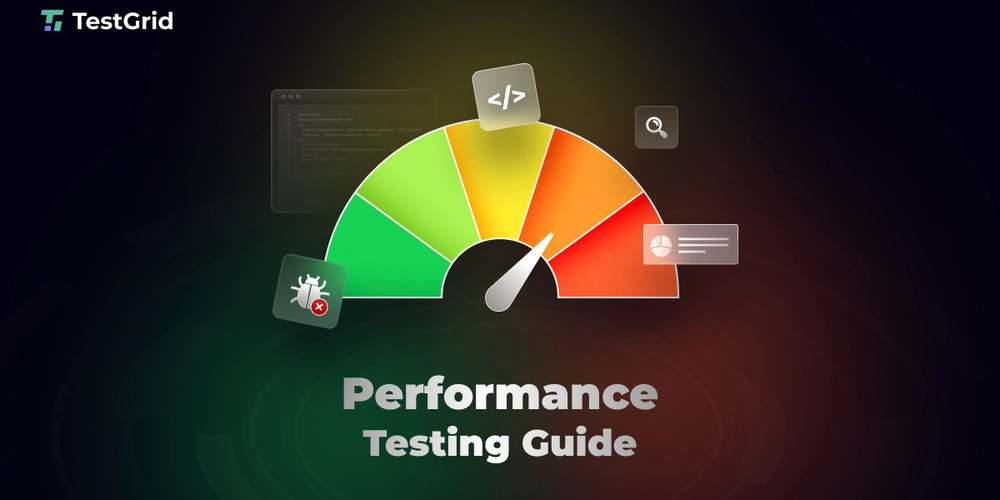Cloud Security Essentials – CISO Resource Toolkit
As organizations accelerate their digital transformation journeys, the cloud has become the backbone of modern business operations. This shift brings unprecedented flexibility and scale but introduces new complexities and risks that CISOs must navigate. The traditional security perimeter has dissolved, replaced by a dynamic environment where data, applications, and users are distributed across multiple platforms […] The post Cloud Security Essentials – CISO Resource Toolkit appeared first on Cyber Security News.

As organizations accelerate their digital transformation journeys, the cloud has become the backbone of modern business operations. This shift brings unprecedented flexibility and scale but introduces new complexities and risks that CISOs must navigate.
The traditional security perimeter has dissolved, replaced by a dynamic environment where data, applications, and users are distributed across multiple platforms and geographies.
In this landscape, CISOs are expected to defend against sophisticated threats, enable innovation, and maintain compliance with evolving regulations.
Building a robust cloud security strategy requires more than technical controls; it demands a holistic toolkit that empowers security teams to anticipate, detect, and respond to threats in real time while fostering a culture of shared responsibility and continuous improvement.
Foundational Principles for Cloud-Centric Leadership
At the heart of effective cloud security lies a fundamental shift in mindset. The shared responsibility model clarifies that while cloud providers secure the infrastructure, organizations are accountable for protecting their data, identities, and workloads.
This means CISOs must champion Zero-Trust architectures, in which no user or device is inherently trusted and every access request is rigorously verified.
Identity becomes the new perimeter, making robust identity and access management (IAM) practices, such as multi-factor authentication and least-privilege access, essential.
Data security is equally critical; encryption should be enforced at every stage, and data classification policies must reflect each asset’s sensitivity and regulatory requirements.
Furthermore, security must be embedded into every phase of the cloud lifecycle, from design and deployment to monitoring and decommissioning.
CISOs should foster cross-functional collaboration, ensuring that development, operations, and compliance teams all understand their roles in safeguarding cloud environments. This cultural alignment is key to building resilience and agility in the face of evolving threats.
Five Pillars of a Proactive Cloud Defense Strategy
A comprehensive cloud security posture is built on several core pillars, each reinforcing the others to create a resilient defense-in-depth approach:
- Identity and Access Governance: Establish granular, role-based access controls (RBAC) and enforce time-limited permissions to reduce the risk of unauthorized lateral movement within cloud environments.
- Unified Visibility: Leverage cloud-native security tools to gain real-time insights into configurations, network traffic, and API activities across all cloud platforms, enabling rapid anomaly detection.
- Automated Compliance: Adopt policy-as-code frameworks to automate the enforcement of security standards, continuously monitor for configuration drift, and ensure adherence to regulatory requirements.
- Resilient Data Protection: Implement robust encryption for data at rest, in transit, and in use, complemented by immutable backups stored in geographically diverse cloud vaults to ensure business continuity.
- Threat-Informed Response: Integrate threat intelligence with automated response platforms, such as SOAR solutions, to accelerate incident containment and recovery within defined service-level agreements.
These pillars must be operationalized through well-defined processes and regular training. To validate their readiness, security teams should conduct frequent tabletop exercises simulating cloud-native attack scenarios, such as credential theft or misconfigured storage buckets.
Development teams need secure coding guidelines tailored to cloud environments, while operations staff must stay updated on emerging threats targeting cloud infrastructure.
A proactive defense strategy is not a one-time project but an ongoing commitment to vigilance and adaptation.
Future-Proofing Cloud Governance in the AI Era
The rapid integration of artificial intelligence (AI) and machine learning (ML) into cloud platforms presents significant opportunities and new risks.
AI-driven security tools can process vast amounts of telemetry data, uncovering subtle attack patterns that would elude human analysts.
However, adversaries also leverage AI to automate reconnaissance, craft convincing phishing campaigns, and exploit vulnerabilities at scale.
In this context, CISOs must ensure that AI systems are secured, which includes validating the integrity of training data, monitoring for model drift, and implementing strong access controls around AI workloads.
To stay ahead of the curve, CISOs should focus on two emerging priorities:
- Unified Cloud-Native Application Protection Platforms (CNAPP): By consolidating disparate security tools into integrated platforms, organizations can achieve end-to-end protection for cloud-native applications, encompassing vulnerability management, runtime defense, and compliance monitoring.
- Quantum-Resistant Cryptography: With quantum computing on the horizon, it is vital to begin transitioning encryption protocols to quantum-safe algorithms, safeguarding sensitive data stored in the cloud against future threats.
In addition to these technical measures, future-proofing cloud governance requires a relentless emphasis on people and processes. CISOs must invest in continuous skills development, particularly in cloud forensics, incident response, and container security.
They should also establish clear metrics that demonstrate the value of security initiatives to executive leadership, linking risk reduction to business outcomes such as uptime, customer trust, and regulatory compliance.
By adopting a dynamic, forward-looking approach to cloud security, CISOs can transform their organizations into agile, resilient enterprises ready to harness the full potential of the cloud while staying one step ahead of tomorrow’s threats.
Find this News Interesting! Follow us on Google News, LinkedIn, & X to Get Instant Updates!
The post Cloud Security Essentials – CISO Resource Toolkit appeared first on Cyber Security News.














































































